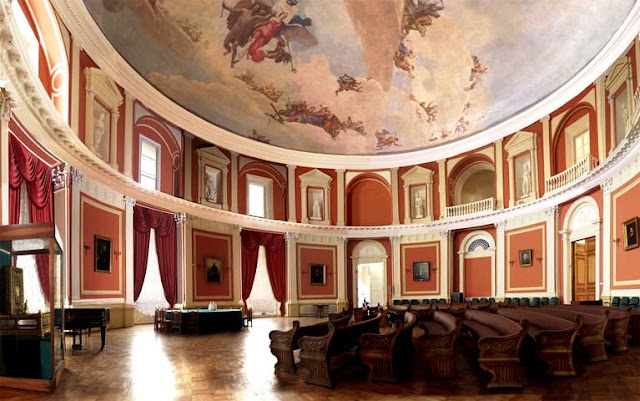Posted on December 31, 2016
Gathering together with family and friends, exchanging gifts…
Singing “For Auld Lang Syne” right after midnight…
 |
| "Auld lang syne" means, roughly, for old time's sake. |
Welcoming friends and strangers…especially dark-haired strangers first footing into the house with shortbread and whiskey…
Torchlight processions and fireworks…
There are many New Years’ Eve traditions in Scotland — some old and on their way out, some newer versions of celebration — and the holiday has its own unique name.
Did you know…?
For part of the 1600s, celebrating Christmas was actually banned by law in Scotland! This ban was a result of the struggles in the British Isles between Catholic and Protestant churches, and since 1583 the Church of Scotland (Protestant; Presbyterian, to be exact) had discouraged Christmas and/or Yule celebrations. After the ban was lifted, the Church of Scotland continued to frown on the celebration, and those who did celebrate Christmas did so only quietly.
Finally, in 1958, Christmas became a public holiday in Scotland.
So…what does this have to do with Hogmanay? I guess it makes sense that, if the mid-winter Pagan Yule celebration was not allowed, AND Christmas celebration was not allowed, people needed to have some holiday to really celebrate. That’s why Scottish people have so many rich traditions connected to New Year’s Eve - and it’s also why both New Year’s Day and January 2 are public holidays — to rest up after all the merry-making!
 |
| Ceilidh is Scottish folk music and singing, traditional dancing, and storytelling. |
In Stonehaven, giant 20-pound fireballs are lit and swung around on long metal poles or chains!
In Edinburgh, there is a torchlight procession…
 |
| There are a LOT of torches! |
…AND fireworks…
…and it’s always fun to burn a Viking ship!
Also on this date:
Plan ahead:
Check out my Pinterest pages on:
















































